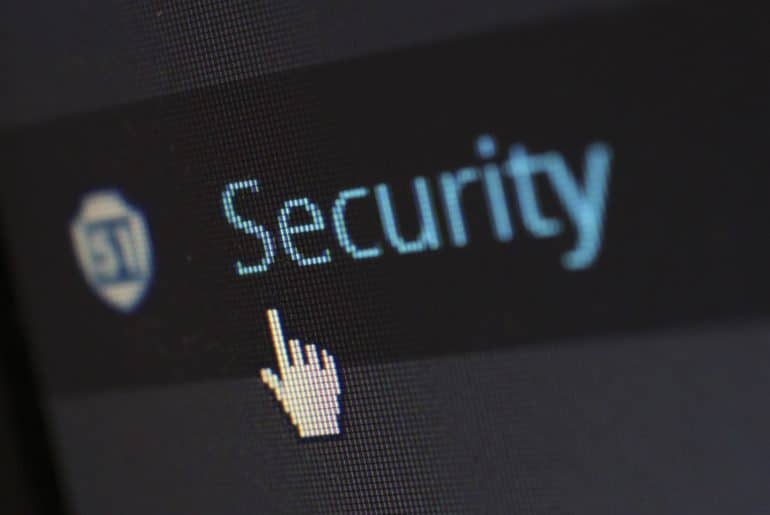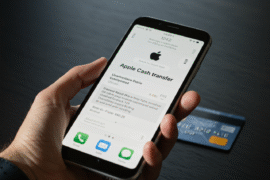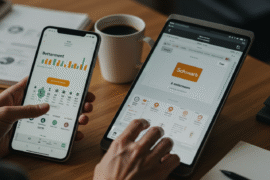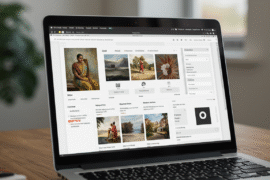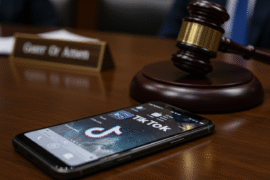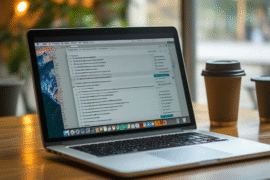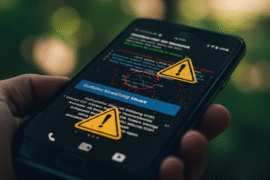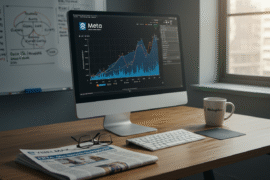This article may contain references to products or services from one or more of our advertisers or partners. We may receive compensation when you click on links to those products or services. Nonetheless, our opinions are our own.
The information presented in this article is accurate to the best of our knowledge at the time of publication. However, information is subject to change, and no guarantees are made about the continued accuracy or completeness of this content after its publication date.

Updated by Albert Fang
Software as a Service (SaaS) has gained popularity recently as a result of its several advantages, including scalability, efficiency, and flexibility. Businesses rely on cloud-based applications and services more than ever due to the rise of remote work and digital transformation.
SaaS security has grown to be a significant concern as businesses increasingly move their critical data and applications to the cloud. SaaS platform compromises can result in data breaches, harm to company reputation, and financial loss. As a result, it is critical for businesses to understand the best practices for protecting the data and apps they use in the cloud.
Businesses, such as OCS rely on cloud-based applications and services more than ever due to the rise of remote work and digital transformation.
SaaS Security Best Practices
Thankfully, there are best practices you can follow to secure your SaaS accounts and your organization.
Securing user accounts
Securing user accounts is a crucial aspect of SaaS security. Using multi-factor authentication and strong passwords is one way to achieve this. Multi-factor authentication adds an additional layer of protection by requiring a second form of verification in addition to the password, such as a code texted to the user’s phone.
Another crucial step in securing user accounts is restricting user access and permissions. Giving users access to data and applications they don’t need can put users at risk of a security breach. Organizations can decrease the attack surface and lower the risk of unauthorized access by restricting user permissions.
Encrypting sensitive data
Sensitive data encryption is yet another crucial part of SaaS security. Encryption protects data by changing it into an unreadable format that can only be viewed with a decryption key. Types of data such as personally identifiable information (PII), financial data, and intellectual property should all be encrypted for ultimate security.
Monitoring for security events
SaaS security must include monitoring for security events. This enables businesses to quickly detect and respond to security problems, reducing the effect of a potential breach. Suspicious behavior, such as unauthorized access attempts, malware infections, and data exfiltration, can all be detected with regular monitoring.
Tools like log analysis, security information and event management (SIEM) solutions, and intrusion detection and prevention systems (IDPS) can monitor various data sources, including network traffic, system logs, and user activity to identify potential security threats and alert security teams when necessary.
Implementing a thorough monitoring system that makes use of the right tools can help organizations stay ahead of new threats and quickly and effectively respond to security problems.
Implementing security controls
Protecting SaaS apps and data from security threats requires the implementation of security controls using Software as a Service security solutions. One way of doing this is through access control. Access controls restrict who has access to data and apps as well as what they are able to do with it. This involves using authentication and authorization tools to make sure users only have access to what they need to do their jobs.
Another essential component of preserving a secure SaaS environment is routine software upgrades and patches. Updates and patches for software can close holes and flaws that hackers could use to access systems and data. Organizations can lower their risk of security incidents and ensure that their SaaS applications and data are secure against new threats by regularly updating their software.
Best practices for third-party integration
Third-party integration is getting more and more common in SaaS apps, but it can also pose security problems. It is crucial to understand third-party risks and put best practices into place in order to reduce these dangers.
Understanding third-party risks
Identifying the data categories that will be shared with third-party vendors and the potential dangers connected to that data is necessary for understanding third-party risks. It’s crucial to review the security posture of the third-party vendor and evaluate the security procedures that are in place.
Evaluating third-party security controls
Reviewing the security policies, methods, and procedures of third parties to make sure they adhere to the security standards of your business is part of evaluating third-party security controls. This includes assessing their incident response policies, access controls, and encryption practices.
Managing third-party access and permissions
Managing third-party access and permissions includes setting up specific rules for how other suppliers can access and use the data and apps of your company. This entails installing role-based access control and setting the vendor’s permissions to only those that are required for them to complete their jobs.
Organizations can lower the risk of security issues linked to third-party integration and make sure that their SaaS apps and data are secure by putting these best practices into effect.
Training employees on security best practices
One of the most important SaaS security best practices is employee training. Employees often act as the first line of defense against security risks, thus it is important that they have the knowledge and abilities to spot possible security problems and take appropriate action.
General security awareness training, which covers the fundamentals of data security and the organization’s security policies and procedures, is one type of training to be implemented. This should be made available to all staff members and included in the onboarding process for new hires.
Organizations can make sure that their staff has the knowledge and abilities to contribute to the protection of the organization’s SaaS apps and data from security risks by consistently providing security training and awareness campaigns.
Final words
SaaS security best practices are crucial for protecting cloud-based data and applications from security risks. Strong security controls, like access restrictions, encryption, and intrusion detection, can help organizations lower the risk of security incidents and guarantee the security of their SaaS systems.
Additionally, it’s critical for risk management to understand the dangers of integrating third parties into effect. Finally, it’s crucial to invest in employee training and continuing security awareness programs to give staff members the knowledge and abilities they need to recognize and address possible security events.
Organizations can build a secure SaaS environment that protects their applications and data from new security threats by adhering to these best practices.

Reviewed and edited by Albert Fang.
See a typo or want to suggest an edit/revision to the content? Use the contact us form to provide feedback.
At FangWallet, we value editorial integrity and open collaboration in curating quality content for readers to enjoy. Much appreciated for the assist.
Did you like our article and find it insightful? We encourage sharing the article link with family and friends to benefit as well - better yet, sharing on social media. Thank you for the support! 🍉
Article Title: SaaS Security Best Practices: Protecting Your Cloud-based Applications and Data
https://fangwallet.com/2023/04/06/saas-security-best-practices-protecting-your-cloud-based-applications-and-data/The FangWallet Promise
FangWallet is an editorially independent resource - founded on breaking down challenging financial concepts for anyone to understand since 2014. While we adhere to editorial integrity, note that this post may contain references to products from our partners.
The FangWallet promise is always to have your best interest in mind and be transparent and honest about the financial picture.
Become an Insider
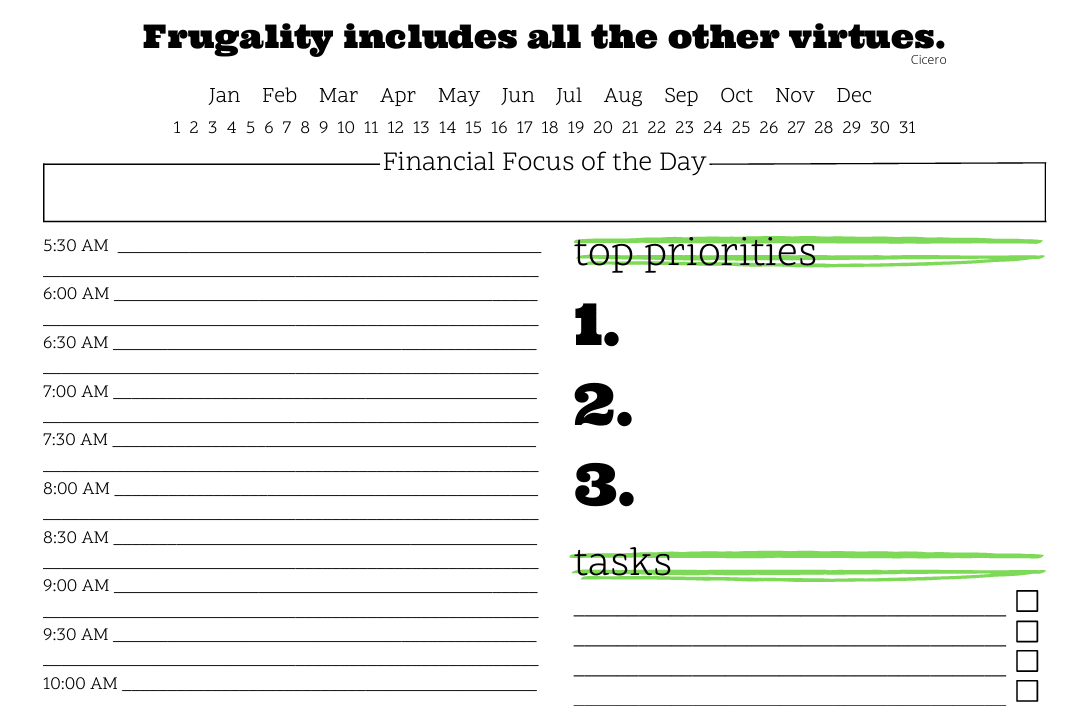
Subscribe to get a free daily budget planner printable to help get your money on track!
Make passive money the right way. No spam.
Editorial Disclaimer: The editorial content on this page is not provided by any of the companies mentioned. The opinions expressed here are the author's alone.
The content of this website is for informational purposes only and does not represent investment advice, or an offer or solicitation to buy or sell any security, investment, or product. Investors are encouraged to do their own due diligence, and, if necessary, consult professional advising before making any investment decisions. Investing involves a high degree of risk, and financial losses may occur including the potential loss of principal.
Source Citation References:
+ Inspo
